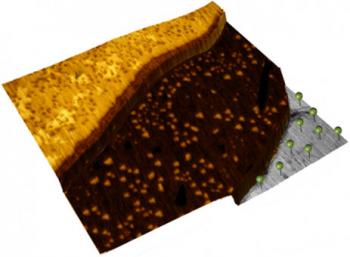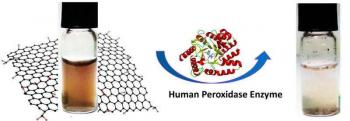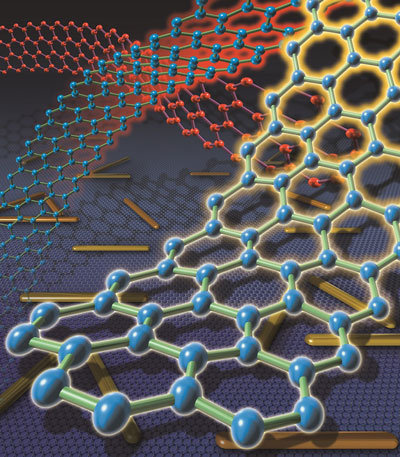Cerious Technologies has graphene-based interconnects on the market
An American company called Cerious Technologies is now offering several types of graphene-based cables and interconnects for sale. Cerious is focused on manufacturing and selling audio products like speakers, sound systems and various audio cables and interconnects.

Cerious' Graphene Extreme is an interconnect cable that utilizes graphene (which Cerious states is of its own manufacture) as a conductor technology. The company says that the ultra fine conductor enables the cable to operate linearly well into the gigahertz while being non-magnetic. This eliminates ringing and the bounce that occurs from normal terminations. It offers deeper soundstage, more detail and quieter backgrounds.






